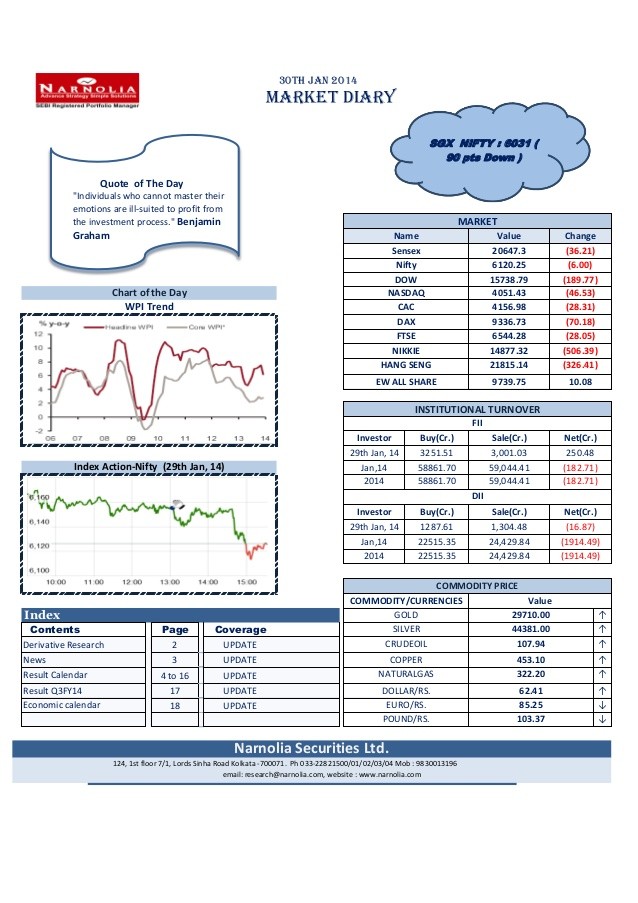Intro To Open Interest In The Futures Market
Post on: 26 Май, 2015 No Comment

Open interest. the total number of open contracts on a security, applies primarily to the futures market. Open interest is a concept all futures traders should understand, because it is often used to confirm trends and trend reversals for futures and options contracts. Although this number often gets lost as traders focus on bid price, ask price, volume and implied volatility, paying attention to open interest can help options traders make better trades. Here we take a look at what information open interest holds for a trader and how traders can use that information to their advantage.
What Open Interest Tells Us
A contract has both a buyer and a seller, so the two market players combine to make one contract. The open interest position that is reported each day represents the increase or decrease in the number of contracts for that day, and it is shown as a positive or negative number. An increase in open interest along with an increase in price is said to confirm an upward trend. Similarly, an increase in open interest along with a decrease in price confirms a downward trend. An increase or decrease in prices while open interest remains flat or declining may indicate a possible trend reversal.
8 Rules of Open Interest
There are certain rules to open interest that futures traders must understand and remember. They have been written in many different publications, so here I have included an excellent version of these rules written by chartist Martin Pring in his book Martin Pring on Market Momentum:
1. If prices are rising and open interest is increasing at a rate faster than its five-year seasonal average, this is a bullish sign. More participants are entering the market, involving additional buying, and any purchases are generally aggressive in nature.
2. If the open interest numbers flatten following a rising trend in both price and open interest, take this as a warning sign of an impending top.
3. High open interest at market tops is a bearish signal if the price drop is sudden, since this will force many weak longs to liquidate. Occasionally, such conditions set off a self-feeding, downward spiral.
4. An unusually high or record open interest in a bull market is a danger signal. When a rising trend of open interest begins to reverse, expect a bear trend to get underway.

5. A breakout from a trading range will be much stronger if open interest rises during the consolidation. This is because many traders will be caught on the wrong side of the market when the breakout finally takes place. When the price moves out of the trading range, these traders are forced to abandon their positions. It is possible to take this rule one step further and say the greater the rise in open interest during the consolidation, the greater the potential for the subsequent move.
6. Rising prices and a decline in open interest at a rate greater than the seasonal norm is bearish. This market condition develops because short covering. not fundamental demand, is fueling the rising price trend. In these circumstances money is flowing out of the market. Consequently, when the short covering has run its course, prices will decline.
7. If prices are declining and the open interest rises more than the seasonal average, this indicates that new short positions are being opened. As long as this process continues it is a bearish factor, but once the shorts begin to cover, it turns bullish.
8. A decline in both price and open interest indicates liquidation by discouraged traders with long positions. As long as this trend continues, it is a bearish sign. Once open interest stabilizes at a low level, the liquidation is over and prices are then in a position to rally again.














